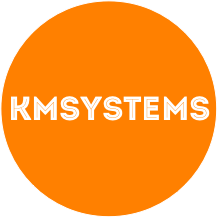Click here to read more in part 2 the re-design
We decided to create an enterprise twitter style application for one of our clients who has a very large employee base. I thought it would be good to write some posts about the development process and how we go with staff engagement at launch and afterwards. Also it would be the perfect opportunity to get some great feedback on what you think about the development and any improvements we could make.
Why an enterprise twitter? There are two main reasons for why I wanted to make an enterprise version of twitter:
1. I've been using twitter for a while now and really like the architecture and simplicity, it's one if not the best application I have used for sharing information quickly
2. I believe that an enterprise twitter can actually reduce the gap between employees, teams and management and bring them closer together. An enterprise twitter would enable people to rapidly share information with each other to keep in touch and stay up to date.
The proposed solution is to create a twitter type of interface and lay this over the organisations existing human resource (HR) database (SAP). This will make the enterprise twitter application much more powerful as each employee already has a lot of rich meta data associated with them form the HR data. Meta data such as the business unit they work for, where they are located, who they report to and so on. Combining this meta data with the dynamic twitter interface should produce some outstanding results.
The first challenge is the tagging and labelling feature of twitter. I want users to be able to tag/label key words such as a project, product or whatever by simply adding the hash "#" symbol at the beginning of the word. For example "Does anyone know who is working on credit card payment method for #XYZproduct" where XYZproduct is the tag that can then be filtered on to find all other references in any existing post. I have overcome this little challenge by programmatically looping through each word in the post and checking to see if it begins with a hash "#". If a word is found that begins with the hash symbol then it can is wrapped with a kind of perma link url and also stored as a tag. For example "http://localhost/appname/default.aspx?Tag=#XYZproduct". This approach seems to be working well so far but we will need to do a bit more testing to check that it will hold up.
Here's a sneak peak at the first draft of the main screen

